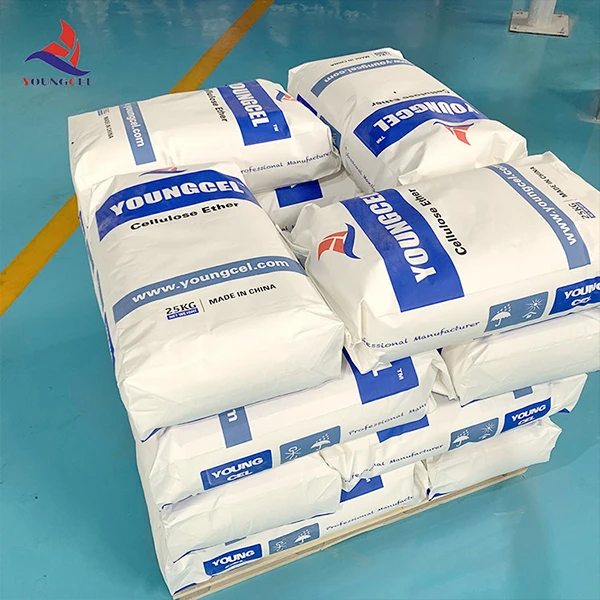Understanding HPMC Grade Importance and Applications in Modern Industries
Hydroxypropyl Methylcellulose (HPMC) is an increasingly popular cellulose ether that plays a vital role in various industrial applications. Due to its versatile properties, HPMC has garnered attention across multiple sectors including pharmaceuticals, construction, food, and personal care. One key aspect that delineates the use of HPMC is its grade classification, which determines its application and effectiveness in specific scenarios.
.
One of the most important applications of HPMC is in the pharmaceutical industry. The viscosity grade of HPMC is crucial in drug formulations. It acts as a binding agent in tablets, as well as a controlled-release agent, facilitating the slow release of the drug into the bloodstream. Different HPMC grades enable the production of varying dissolution rates, catering to the specific therapeutic needs of patients. For example, higher viscosity grades are often used in extended-release formulations where a gradual release of medication is beneficial for the patient’s health outcomes.
hpmc grade

In construction, HPMC is used as a crucial component in cement and gypsum-based materials. It serves as a thickener and water-retention agent, which helps maintain the workability of the mix and ensures that it remains usable for extended periods. Moreover, the ability of HPMC to retain water enhances the hydration of cement, leading to improved strength and durability of the final constructed products. The choice of HPMC grade in this area can result in significant differences in the performance attributes of building materials, allowing manufacturers to tailor their products to specific environmental conditions.
The food industry also leverages the various grades of HPMC, primarily as a food additive. Here, HPMC is utilized as a thickening, emulsifying, and stabilizing agent. Its ability to form gels and improve the texture of products allows manufacturers to create appealing food items without relying solely on synthetic additives. HPMC grades in this sector vary according to the end product; for instance, low viscosity grades are often used in sauces and dressings, while higher viscosity grades might be used in ice creams to improve mouthfeel and texture.
Moreover, in personal care products, HPMC serves as an important ingredient in lotions, creams, and gels. It provides a non-greasy feel while enhancing the product's thickness. The proper selection of HPMC grade can influence the sensory experience of the consumer, ideal for formulations targeting hydration or anti-aging benefits.
In conclusion, understanding HPMC grades is essential for industries that rely on this versatile compound. The correct grade selection directly influences the efficiency and effectiveness of the final product, whether in pharmaceuticals, construction, food, or personal care. As industries evolve and seek innovative solutions, HPMC continues to be a valuable asset, providing functional benefits that meet the diverse needs of modern applications. The strategic use of HPMC, dictated by its grade, not only enhances product performance but also contributes to the ongoing advancement of technology across multiple sectors.
-
Premium Detergent Grade HPMC Hydroxypropyl Methylcellulose: Superior Thickening & StabilityNewsAug.31,2025
-
HEC 100000 Hydroxyethylcellulose for Paint | Superior ThickeningNewsAug.30,2025
-
Wall Putty Rdp Powder Packaging DesignNewsAug.29,2025
-
Introduction to Hpmc Hydroxypropyl Methyl CellulosNewsAug.29,2025
-
Hpmc Industri Grade IntegrationNewsAug.29,2025
-
How to Choose the Right Construction AdhesiveNewsAug.29,2025




